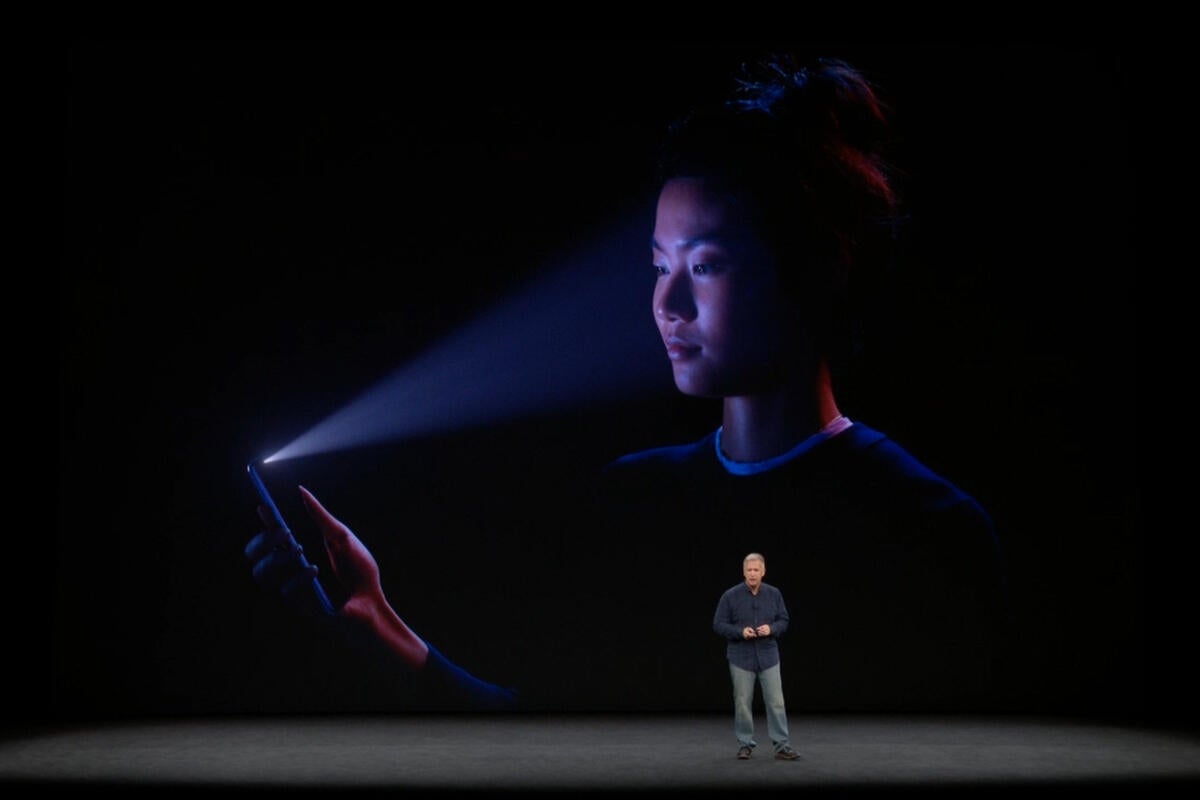What Face ID means for iOS and device access

Credit to Author: Ryan Faas| Date: Fri, 29 Sep 2017 03:11:00 -0700
The most obvious difference between the upcoming iPhone X and every iOS device that preceded it is the loss of the iconic Home button. For years, it has served as the fingerprint sensor for Apple’s Touch ID technology, offering easy and secure unlocking of the device as well as authentication for transactions.
With the iPhone X, which arrives on Nov. 3, Apple has replaced Touch ID with Face ID as a secure biometric solution that uses facial recognition instead of a fingerprint.
Like Touch ID and a number of other biometric options, Face ID is essentially a shortcut to a device passcode rather than a replacement. It serves to make a device more secure by removing the primary drawback to a complex passcode – the time and effort it takes to enter such a code. In short, face ID offers convenience rather than an added layer of authentication.
Apple is hardly the only company to use facial recognition or fingerprints like this or as part of a multifactor authentication scheme. Microsoft did the same with its Hello feature in Windows 10, for example. What Face ID does offer, much as Touch ID did initially, is brand recognition and ubiquity of media presence. Making Face ID easy, quick, and a starring feature in the biggest revision to the iPhone ever has a way of making the world sit up and take notice of the potential of face recognition as a security tool – particularly for people not in the data/device security fields.
To continue reading this article register now
Learn More Existing Users Sign In